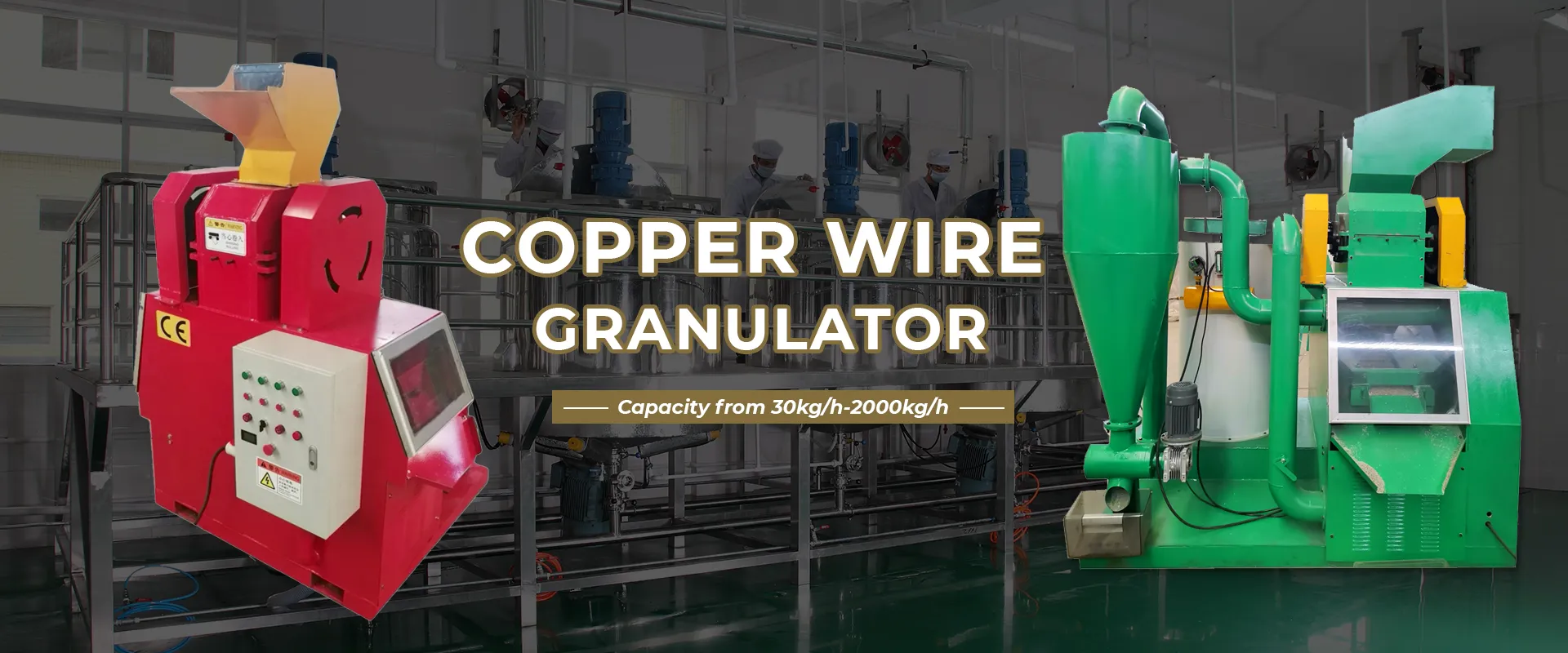

พ.ย. . 01, 2024 19:09 Back to list
How to Recycle Circuit Boards A Comprehensive Guide
Recycling circuit boards is a crucial step in the electronics waste management process. With the rapid advancement of technology, electronic devices are becoming obsolete at an unprecedented rate, leading to a significant increase in electronic waste. Circuit boards, often found in computers, smartphones, and other electronic devices, contain valuable metals and materials that can be recovered and reused, making their recycling essential for both environmental sustainability and resource conservation.
Why Recycle Circuit Boards?
Circuit boards are composed of various materials, including metals like gold, silver, copper, and palladium, as well as fiberglass and resin. These materials are not only valuable but also finite resources. Recycling circuit boards helps reduce the need for mining new materials, which can be environmentally destructive. Moreover, it prevents toxic substances found in circuit boards, such as lead and mercury, from contaminating soil and water.
Steps for Recycling Circuit Boards
1. Collect and Prepare Start by gathering outdated or broken electronic devices that contain circuit boards. Ensure that the devices are completely powered down and disconnected from any power source. Remove the circuit boards carefully, adhering to safety protocols to avoid damage or injury.

2. Research Recycling Options There are various methods for recycling circuit boards, including local e-waste recycling programs, specialized recycling companies, and mail-in programs. Research your options to find a facility that adheres to environmentally safe practices.
3. Drop Off or Ship Depending on your chosen recycling method, either drop off your circuit boards at a designated location or package them securely for shipping. Ensure that you follow any guidelines provided by the recycling facility.
4. Consider DIY Recycling For those interested in a hands-on approach, there are methods to recycle circuit boards at home. This includes removing valuable components like capacitors and chips for resale or reuse. However, DIY recycling should be approached with caution, as it can involve hazardous materials.
5. Spread Awareness Encourage others to recycle their electronic waste. Share information about the importance of circuit board recycling and guide them on how to do it properly.
Conclusion
Recycling circuit boards is not just an environmentally responsible action; it is a necessary step in creating a circular economy. By recycling these valuable materials, we conserve resources, reduce pollution, and promote sustainable practices. Whether through professional recycling services or personal initiatives, every effort counts in promoting a greener future. Make a difference today by recycling your circuit boards and encouraging others to do the same!
Latest news
Troubleshooting Common Eddy Separator Problems
NewsJul.04,2025
The Role of Metal Recycling Plants in Circular Economy
NewsJul.04,2025
The Impact of Recycling Line Pickers on Waste Management Costs
NewsJul.04,2025
Safety Features Every Metal Shredder Should Have
NewsJul.04,2025
How Industrial Shredders Improve Waste Management Systems
NewsJul.04,2025
How Cable Granulators Contribute to Sustainable Recycling
NewsJul.04,2025